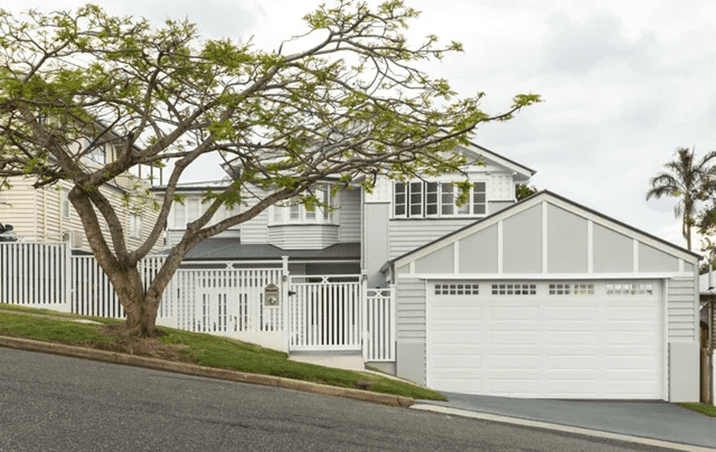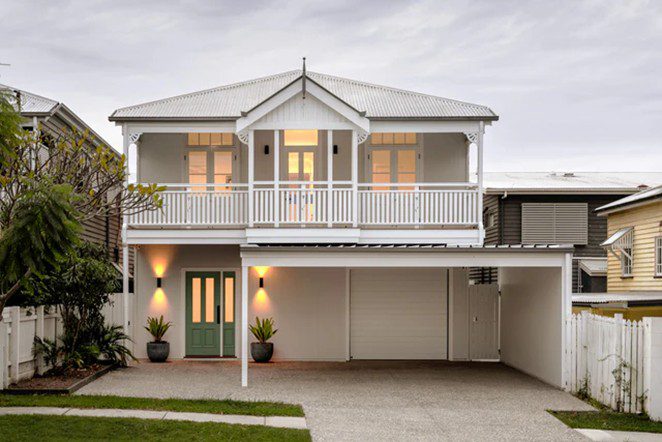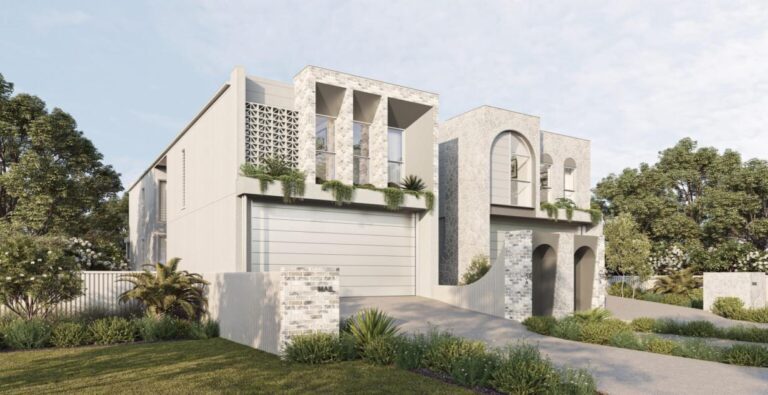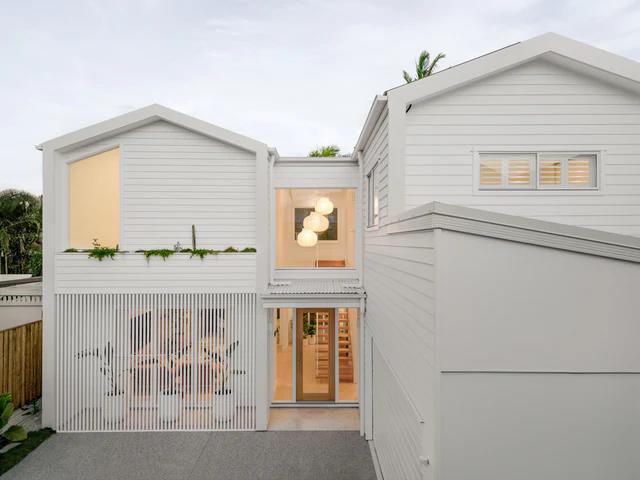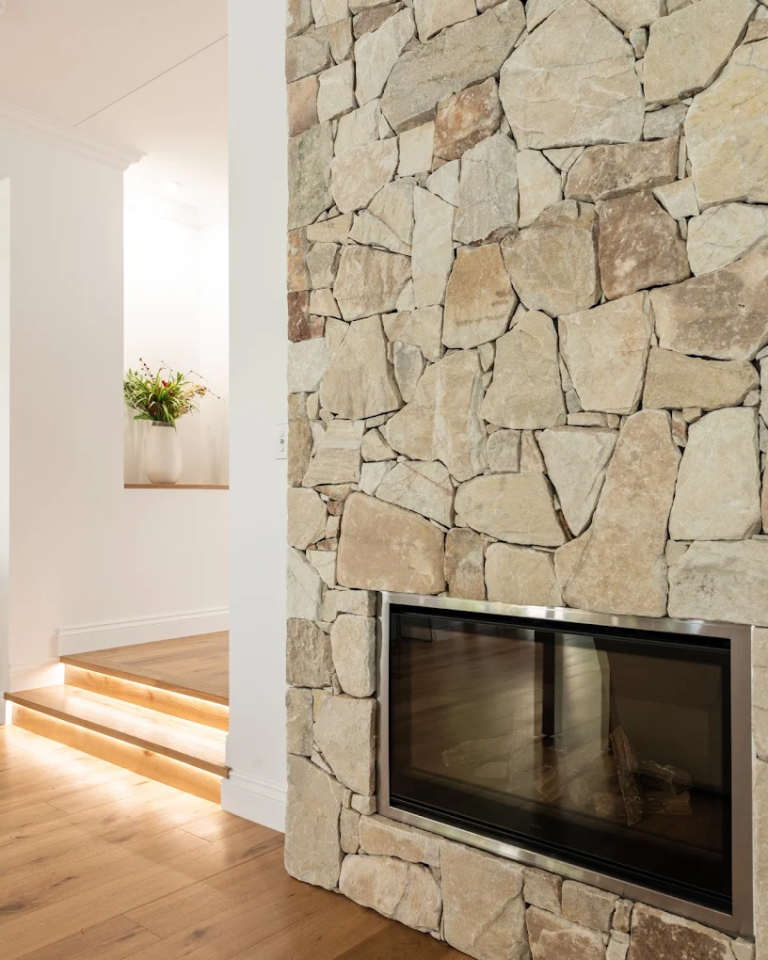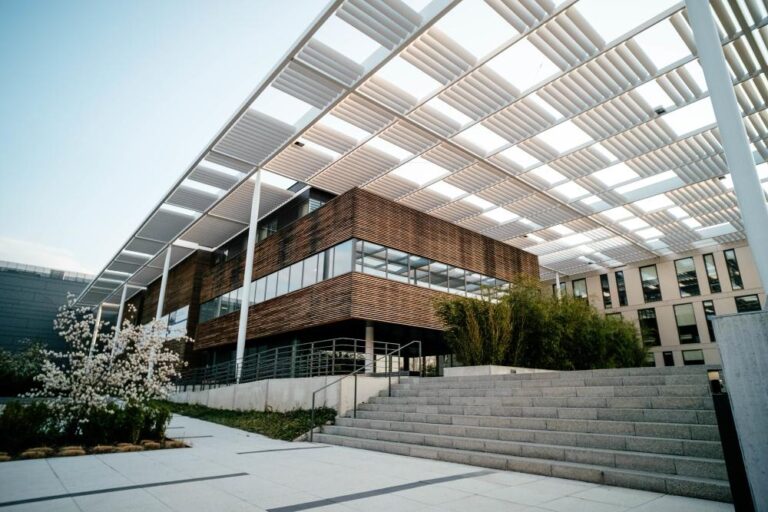Every detail in a modern home contributes to how it feels, functions, and flows. The interior design style you choose influences daily comfort, spatial clarity, and long-term appeal. Tide Constructions collaborates with clients to ensure their interiors reflect both personal taste and architectural integrity. Whether you favour clean minimalism or layered textures, understanding key design styles helps shape a cohesive, purposeful home that aligns beautifully with your lifestyle and space.
Key Takeaways
- Interior design styles shape mood, flow, and function
- Modern homes blend simplicity with personalised detail
- Choosing the right style involves space, light, and layout
- Materials and textures are central to style identity
- Your builder plays a key role in executing your vision
Why Interior Design Style Matters in a Modern Home
A well-defined interior style does more than just look good. It shapes how you experience each room, how you move through it, use it, and feel within it. In a modern home, clarity in style gives structure to the open spaces, connects interiors with architecture, and balances aesthetic with functionality.
Whether you’re inspired by natural finishes, geometric structure, or layered minimalism, understanding each design style is a vital step in planning your dream home. It enables informed decisions throughout your build journey.
1. Minimalist Style: Less is More
Minimalism has been a dominant interior design trend for several years, and it continues to be popular for modern homes. Characterised by clean lines, neutral colours, and a clutter-free environment, this style is all about simplicity and functionality.
Key Features:
- Neutral colour palette (whites, greys, blacks, and beige)
- Simple, clean lines and geometric shapes
- Focus on quality over quantity with fewer but more meaningful decor items
- Use of natural light and open space
- Functional furniture with minimal decoration
How to Choose Minimalism:
Minimalist design works best for those who appreciate clean, organised spaces and value function over form. If you’re someone who doesn’t like clutter or excessive decoration, this might be your ideal choice. The minimalist approach also works well in smaller homes or apartments where space is at a premium, as it helps make rooms feel larger and airier.
2. Scandinavian Style: Hygge and Harmony
Inspired by the Nordic countries, Scandinavian design is known for its simplicity, functionality, and warmth. It’s the perfect balance of minimalism with a cosy, welcoming vibe. Scandinavian interiors are often associated with the concept of hygge, a Danish term that evokes warmth, comfort, and well-being.
Key Features:
- Light wood furniture and flooring
- Neutral colour schemes with pops of colour (think soft greys, whites, and muted blues or yellows)
- Use of natural materials such as wool, linen, and leather
- Functional, yet stylish furniture pieces
- A mix of clean lines with soft, organic shapes
How to Choose Scandinavian Style:
Scandinavian design is ideal for those who want a modern yet comfortable home. It’s especially well-suited for families or individuals who love a cosy environment but still want to maintain an uncluttered, fresh feel. If you enjoy a bright, airy space that feels both contemporary and welcoming, Scandinavian might be the style for you.
3. Industrial Style: Raw and Urban
The industrial design style is inspired by old warehouses, factories, and urban spaces. It’s all about embracing raw materials and unfinished elements to create a rugged, contemporary look. Exposed brick walls, steel beams, and vintage furniture are all part of the industrial aesthetic, giving it an edgy, urban feel.
Key Features:
- Exposed brick, steel beams, and concrete floors
- Open spaces with high ceilings
- Vintage or repurposed furniture
- Dark colours such as charcoal, black, and brown, with metallic accents
- Minimal use of decor, focusing on industrial elements
How to Choose Industrial Style:
Industrial design is great for those who love urban living and appreciate raw, unfinished aesthetics. If you live in an apartment or loft with exposed features, this style will complement the architectural elements of your home. It’s also ideal for those who enjoy a bold, statement-making space that feels modern yet historical. Just be sure you’re comfortable with a slightly more “unfinished” look, as this style celebrates the beauty of imperfection.
4. Coastal Style: Relaxed and Breezy
Coastal interiors are perfect, especially those living by the beach or near water. This style embodies a laid-back, relaxed atmosphere with plenty of natural light, soft colours, and natural textures that evoke the feeling of being at the beach. Think whites, soft blues, and earthy tones.
Key Features:
- Soft, neutral colour palette with accents of blue, green, and sandy tones
- Natural materials such as timber, rattan, and jute
- Light, airy fabrics like linen and cotton
- Large windows to allow plenty of natural light
- Nautical-inspired decor, such as seashells, coral, and marine prints (without going overboard)
How to Choose Coastal Style:
If you live near the beach or love the idea of bringing the outdoors in, coastal style is a great fit. It’s ideal for those who want their home to feel calm, relaxing, and refreshing, much like a day at the beach. This style is also highly flexible and can be adapted for city homes by incorporating elements like light wood, sea-inspired hues, and natural materials. It’s a great choice for people who want to create a serene, holiday-like vibe in their everyday living space.
5. Mid-Century Modern Style: Retro Meets Contemporary
Mid-century modern design is all about combining retro and contemporary elements. Originating in the 1940s and 50s, this style emphasises clean lines, organic forms, and a harmonious relationship with nature. The result is a functional yet visually interesting aesthetic that feels both timeless and forward-thinking.
Key Features:
- Sleek furniture with clean lines and organic shapes
- Bright, bold colours like mustard yellow, orange, and teal, alongside neutrals
- Wood accents, particularly walnut and teak
- Iconic mid-century furniture, such as Eames chairs or minimalist lighting
- Integration of natural elements with outdoor spaces
How to Choose Mid-Century Modern:
This style is perfect for people who love vintage design with a contemporary twist. If you’re drawn to a retro aesthetic but don’t want your home to feel outdated, mid-century modern offers the perfect balance. It’s also ideal if you enjoy a functional and uncluttered space but still want character and warmth. Mid-century modern is great for people who enjoy a bit of nostalgia but prefer a clean, modern look in their homes.
6. Bohemian Style: Eclectic and Creative
Bohemian style, or boho, is all about freedom, self-expression, and a mix of cultures. It’s an eclectic style that embraces bold colours, patterns, and textures, creating a vibrant and warm atmosphere. This style is ideal for those who want their home to feel unique and filled with personality.
Key Features:
- Bright, earthy colours and a mix of patterns
- Layered textiles, including throws, cushions, and rugs
- Eclectic, vintage furniture and decor
- Natural elements such as plants and woven materials
- Personal touches, including art, travel-inspired pieces, and handmade items
How to Choose Bohemian Style:
Bohemian design is perfect for individuals who love mixing and matching and enjoy personalising their space. If you want a home that tells a story and reflects your travels, interests, and creativity, this style will work wonders. It’s also ideal for free spirits and those who want to break away from more structured, minimalist designs.
Choosing the Right Style for Your Home
When it comes to choosing an interior design style for your modern home, the best approach is to consider the following factors:
- Lifestyle Needs: Do you need a home that’s easy to maintain? Minimalism or Scandinavian style might be the right fit. If you have a family, you might want a style that’s both functional and cosy, like Scandinavian or coastal.
- Space: The size and layout of your home will influence your design choices. Smaller spaces might benefit from minimalist or Scandinavian designs, while large open spaces can accommodate industrial or mid-century modern designs.
- Personal Taste: Above all, your home should reflect your personality. If you love vintage items, go for mid-century modern or boho. If you prefer clean, organised spaces, minimalist or Scandinavian styles are perfect.
- Consult Early: The earlier your builder and interior designer collaborate, the more aligned the outcome.
Ultimately, the key is to find a style that feels right for you and enhances the way you live in your space. The beauty of modern interior design is that it allows you to experiment and blend styles to create a home that is uniquely yours.
Conclusion
The right interior style elevates your custom home from a structure to a sanctuary. It should speak to your way of living and stand the test of time, not just the season. Contact us today to begin planning a home where every detail, from layout to finish, aligns with your vision, and explore our projects for inspiration.
FAQs:
What is the most popular interior design style in modern homes?
Scandinavian and coastal contemporary styles remain popular due to their light, airy feel and suitability.
Can I blend different interior design styles?
Yes. A hybrid approach is common in modern homes, where elements from multiple styles are thoughtfully combined.
How early should I decide on an interior style?
Ideally, during the design phase. This allows your builder and designer to ensure structure, materials, and finishes align with your vision.
Do interior styles affect the home’s value?
Yes. A cohesive, timeless style can improve resale value, especially if finishes are high-quality and the layout supports modern living.
What role does lighting play in interior design?
Lighting sets the mood, highlights features, and defines zones within a space. Each style responds differently to natural and artificial light.
Can I change styles after construction starts?
Minor adjustments are possible, but major changes may impact timelines and costs. Early decisions lead to better project flow.



